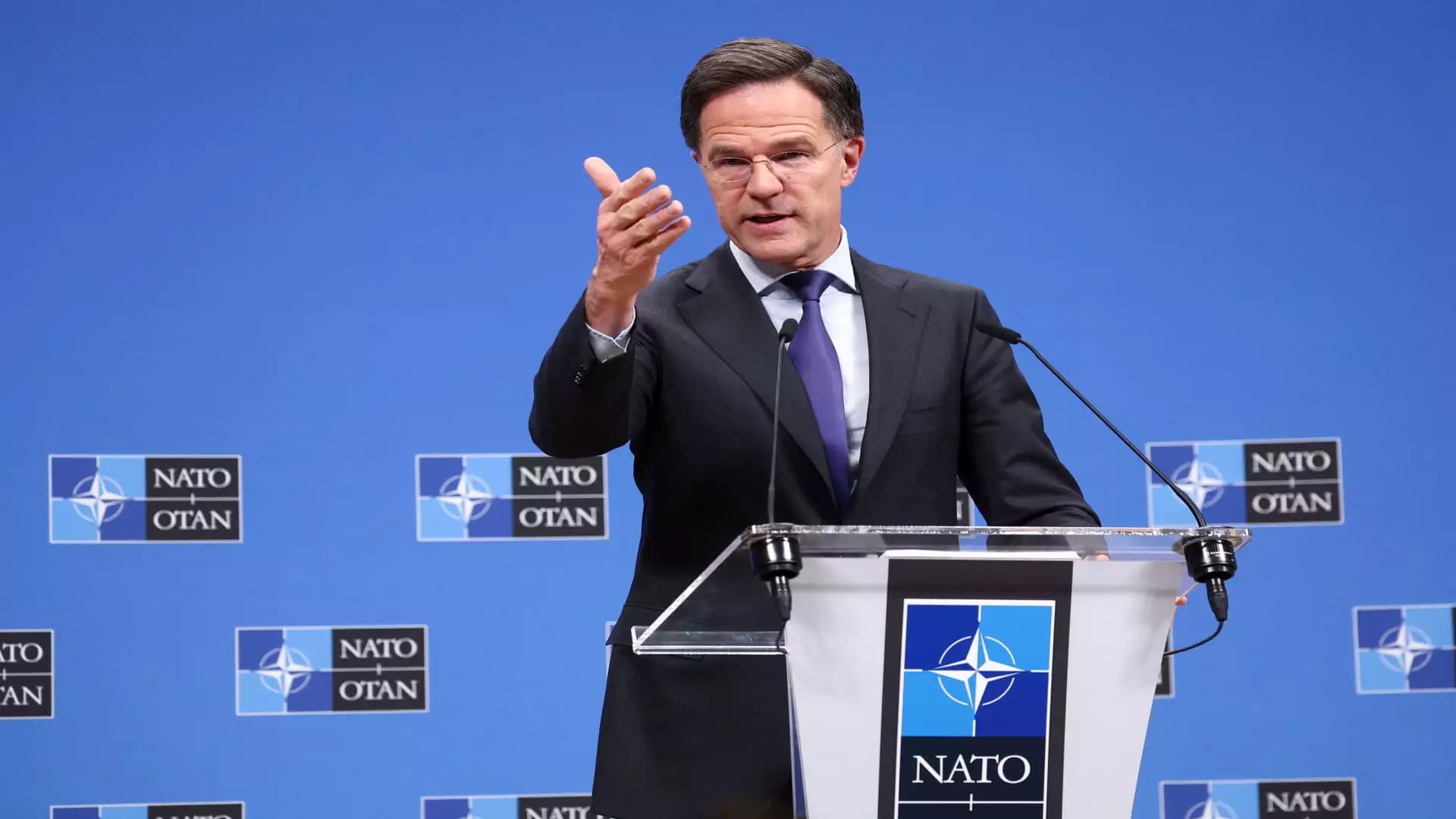NATO Secretary General Mark Rutte’s recent remarks at the Munich Security Conference have reignited discussions around military spending within the alliance. His call for European nations to shift from complaint to constructive dialogue has profound implications for NATO’s future. As the geopolitical landscape shifts under the pressures of Russia’s activities and changing U.S. foreign policy, these discussions will prove essential for maintaining the cohesion and efficacy of NATO as a collective defense organization.
Rather than lamenting the tensions surrounding defense budgeting, Rutte urges European NATO members to contribute positively to the conversation. His stance highlights a broader issue: the reluctance of certain member states to take ownership of their defense responsibilities. By advocating for tangible solutions rather than grievances, Rutte calls for a paradigm shift among European allies. This plea for engagement not only addresses the prevailing dissatisfaction with U.S. involvement but also emphasizes the need for self-reliance and adaptability in European defense strategies.
The military alliance, which has traditionally looked to the United States for leadership and military support, now faces a transformed relationship with Washington. The importance of European nations moving beyond passive expectations and actively participating in defense planning cannot be overstated. Calling out ineffectiveness may feel justified, yet such criticism without corresponding proactive measures risks perpetuating a cycle of dependency.
A New Spending Framework on the Horizon
Rutte’s announcement that NATO would likely revise its defense spending targets during the upcoming summit in The Hague adds another layer to the conversation. Although he refrained from specifying exact figures, the mention of a potential target exceeding 2% of GDP reinforces serious concerns about members’ commitment to adequate defense funding. Such changes are crucial if NATO aims to remain formidable against rising threats, especially from adversaries like Russia.
With U.S. Senator Lindsey Graham positing that Russian President Vladimir Putin’s aggression has inadvertently catalyzed NATO’s military focus, it’s vital to recognize this dialectic between provocation and response. The augmented military expenditures observed among NATO members since Trump’s presidency reflect a shift initiated, ironically, by Russian aggression. The critical question, however, is what happens when the motivation for increased spending ebbs; will NATO members maintain their heightened commitments, or revert to complacency once external pressures soften?
The specter of former President Donald Trump looms large over NATO discussions. His past criticisms regarding European members’ defense spending ignited significant debate over the fairness and sustainability of NATO’s financial arrangements. Trump’s views on requiring NATO members to allocate 5% of their GDP for military spending, though controversial, have thrust the conversation of equitable burden-sharing into the limelight.
The challenge ahead lies in navigating these dynamics without succumbing to divisiveness. Discussions that began under Trump’s administration are likely to carry over as nations like Germany and France grapple with internal pressures and public scrutiny concerning their military commitments.
In a landscape where thirteen NATO states recorded compliance with the 2% target in 2024—a significant increase from just six in 2018—the implications of not aligning with spending targets can incite further tension. NATO’s strategy must blend accountability with collaboration, ensuring that defense commitments are not merely reactionary but are embedded in the alliance’s long-term vision.
The future of NATO hinges on its members’ ability to harmonize their interests and collaborate effectively. Mark Rutte’s appeal for innovative solutions underscores the necessity for a unified approach to collective defense preparedness, especially in response to evolving security threats. As the alliance heads toward its upcoming summit, the challenge will be to blend concrete commitments with a long-term strategy for resilience.
Rutte’s calls for action resonate within the broader security paradigm, arguing that to remain relevant, NATO must transform from a reactive alliance to one characterized by preventive measures and strategic foresight. As military spending becomes more contentious amid rising hostilities, NATO’s ability to adapt will determine its effectiveness on the global stage, requiring fortitude, creativity, and, above all, cooperation among its members.

Leave a Reply